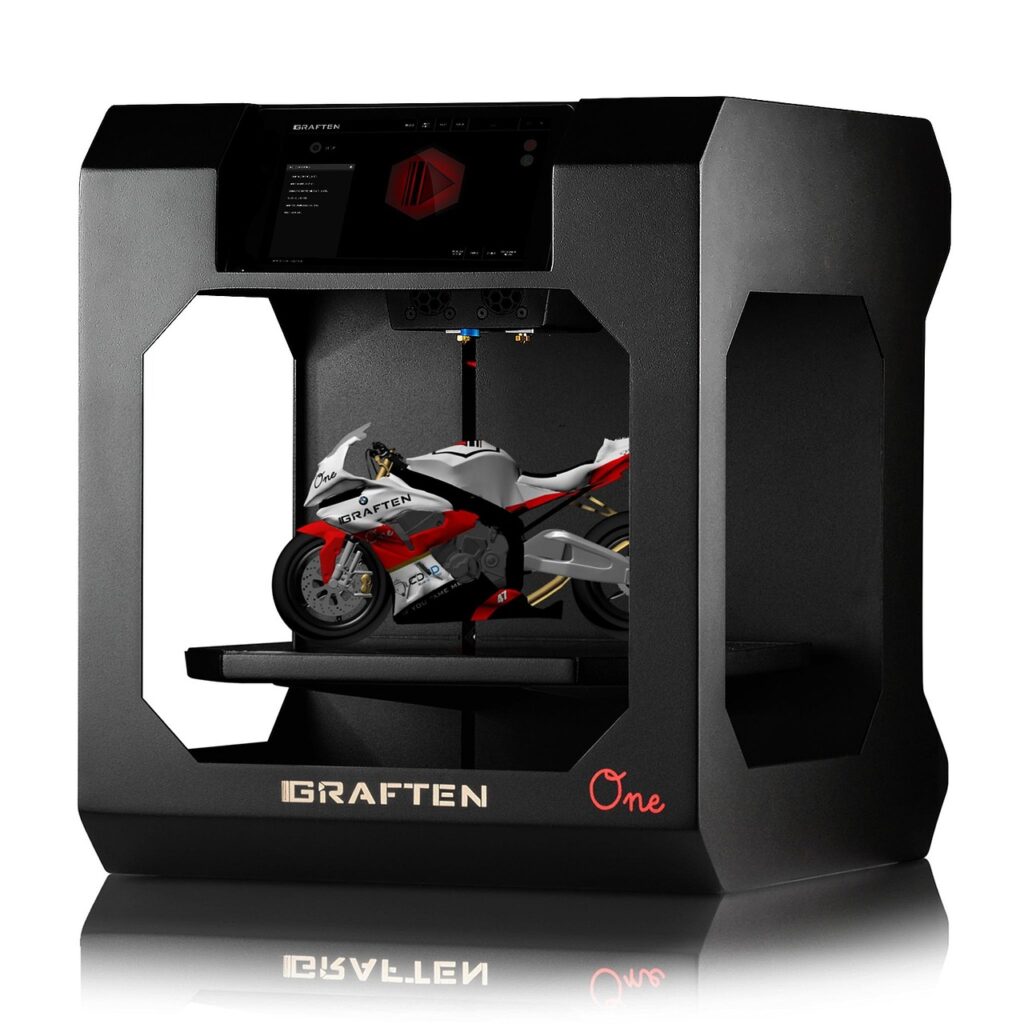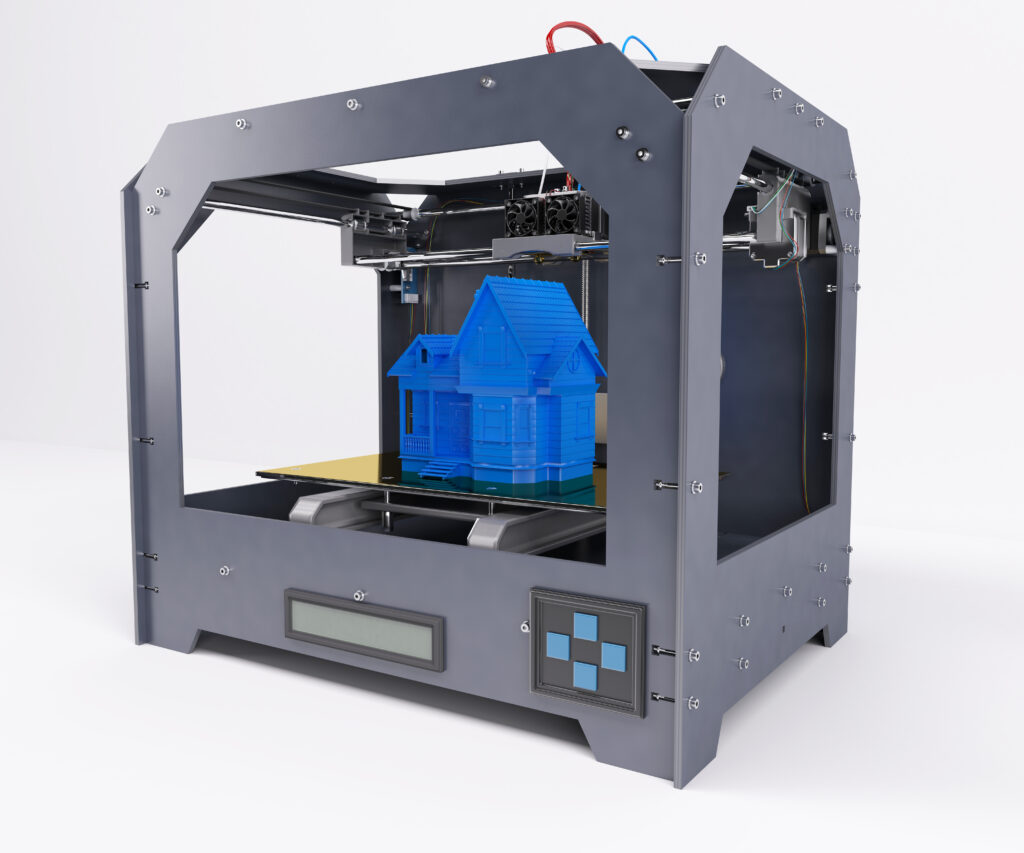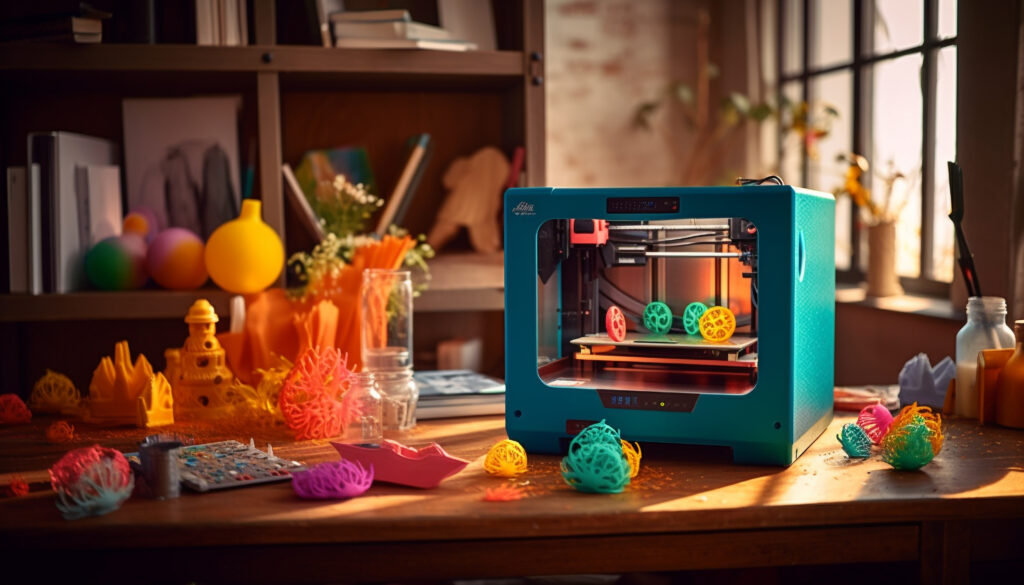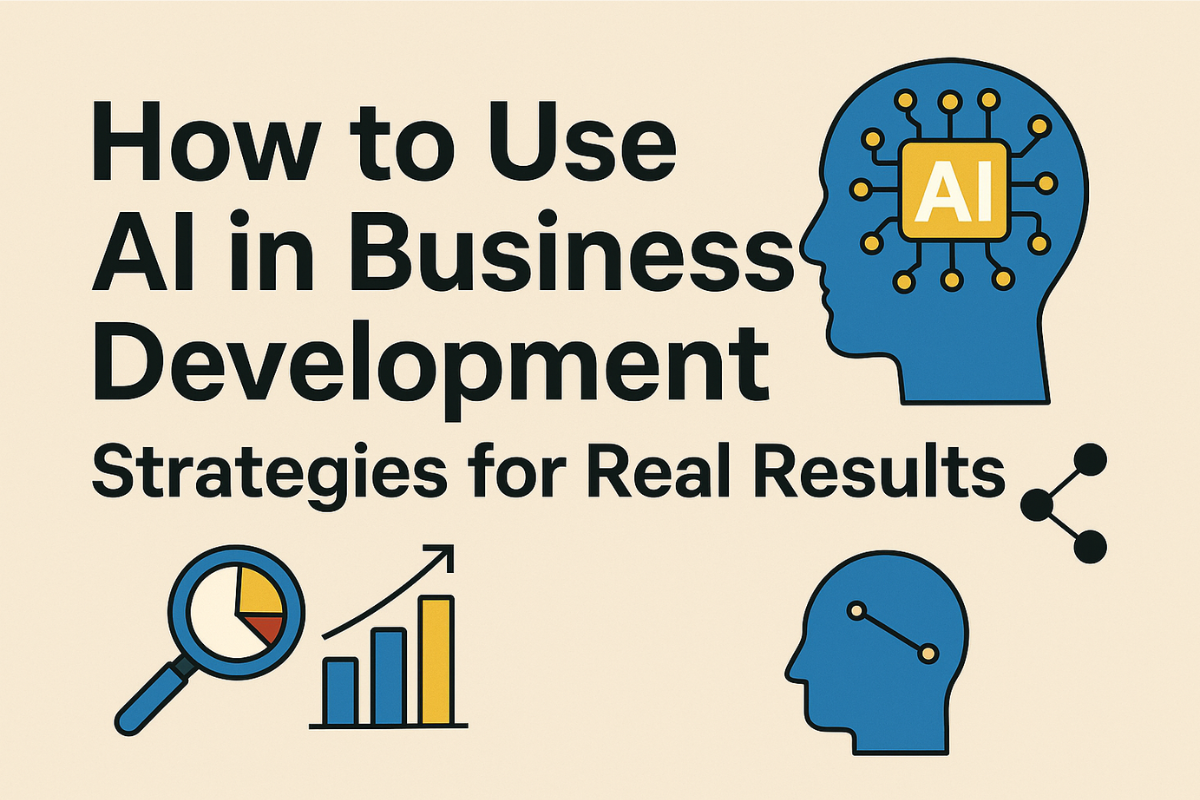Using 3D printing technology users can transform digital designs into actual physical objects. 3D printers were initially restricted to engineering and design professionals but they are now entering the home market which includes children as potential users.
Should young people have permission to use 3D printers? Absolutely! Guidance along with suitable equipment enables 3D printing to function as an excellent educational tool which develops creativity while teaching problem-solving and STEM principles.
In this guide, we’ll cover everything you need to know about 3D printer for kids, from choosing the best models to helping them get started safely.
Table of Contents
ToggleIs a 3D Printer a Good Idea for Kids?
How 3D Printing Supports STEM Education:
3D printing is an engaging method allowing children to discover science technology engineering and mathematics (STEM) concepts in an interactive learning environment. Children learn various abilities through the process of designing and printing objects.
- Engineering: Students learn through engineering what objects contain inside their structure.
- Mathematics: Students learn about dimensions as well as scaling and measurements from the study of mathematics.
- Technology: Using software enables students to build and edit 3D models through technological means.
- Problem-Solving: A student must solve problems by identifying print failures and improving design quality.
Developing Creativity and Problem-Solving Skills:
Kids gain the ability to materialize their imaginative concepts through 3D printing services. The 3D printer enables users including children to generate designs for their desired toys and puzzles and jewelry and gadgets. Students develop problem-solving abilities through failed attempts since they must revise their designs after unsuccessful prints.
Practical Uses for 3D Printing in a Child’s Life:
The practical uses of 3D printing extend beyond entertainment because it provides valuable benefits to children. Some practical applications include:
- Students use 3D printers for creating their school assignments and presentation models
- Children can produce personalized toys through printing instead of purchasing them
- The production of practical household items including keychains bookmarks and phone stands through 3D printing
Parental Concerns: Safety, Cost, and Supervision:
The educational value of 3D printing causes parents to frequently express their worries. Here’s what you need to know:
- Safety: You should always watch over young children who use the printer because its components reach high temperatures.
- Cost: The price range of 3D printers starts at $150 and extends to $500+ though beginners can find affordable entry-level devices.
- Supervision: Supervision becomes essential for younger users to operate a 3D printer since they need guidance during material handling.
Kid-Friendly Beginner 3D Printers
Safety features along with ease of operation and reliability must be the most important considerations when buying a 3D printer for children. The following list contains the best available 3D printers for children:
- Easy to use: The device features user-friendly controls and automatic leveling, requiring minimal configuration.
- Safety features:The printer has protective features that include a sealed construction, non-hot surfaces, and materials that remain cool in contact.
- Reliability: Consistently good prints with minimal errors.
Beginner-Friendly 3D Printers for Kids
- The Toybox 3D Printer offers an intuitive software platform and child-friendly design options to users.
- The FlashForge Finder stands out as a dependable printer that maintains quiet operation while featuring an enclosed building space.
- Creality Ender 3 V2 – A great budget-friendly option, best for older kids with supervision.
- The Monoprice Select Mini V2-Compact stands as a budget-friendly solution which operates effortlessly from setup while supporting different filaments for beginners dealing with small-scale projects.

Best Starter Printer for a Kids age?
If you’re looking for the best overall starter 3D printer for a child, the Toybox 3D Printer is an excellent choice for younger kids (6-10 years old), while the FlashForge Finder is ideal for slightly older kids (10+ years).
For kids who enjoy building and learning how things work, the Creality Ender 3 is a great budget-friendly option that offers a hands-on assembly experience.
7-Year-Old Wants a 3D Printer – What Should I Do?
If your 7-year-old is interested in 3D printing, that’s great! Here’s how to make the experience safe and fun:
- Choose a Kid-Safe Printer – A fully enclosed 3D printer (like the Toybox or FlashForge Finder) will prevent burns from the heated bed and nozzle.
- Use Non-Toxic Filaments – PLA filament is biodegradable, safe, and easy to print with.
- Supervise Printing Sessions – Young children should always have an adult present when using a 3D printer.
- Start with Pre-Made Models – Let them print ready-made designs before they start creating their own.
Helping a 10-Year-Old Start with 3D Printing
A 10-year-old has more patience and skills to start learning about 3D printing. Here’s a step-by-step approach to getting started:
- Pick an Easy-to-Use Printer – The FlashForge Finder or Ender 3 are great choices.
- Learn the Basics – Use free software like Tinkercad to design simple 3D models.
- Start with Simple Prints – Print keychains, small toys, or nameplates to build confidence.
- Experiment with Custom Designs – Once comfortable, let them modify and design their own objects.
- Encourage Problem-Solving – 3D printing involves trial and error, which teaches patience and creativity.
Who Should Buy a 3D Printer?
A 3D printer presents itself as a valuable purchase opportunity for multiple groups such as parents who teach STEM, students who do school assignments and hobbyists who make toys and household objects.
- People who wish to expose their children to STEM education
- Students who need 3D models for school projects
- 3D printer users who create toys and models as well as domestic products
- Instructors seeking practical equipment for educational purposes in their teaching spaces
A 3D printer is not recommended if you lack experience with technology or the ability to address occasional printing breakdowns.

Where Should I Begin to Learn About 3D Printers?
New users of 3D printing can find simple step-by-step educational materials in various formats. Here’s where to start:
Free and Paid Learning Resources
- Tinkercad: Tinkercad provides novice children (free) with a beginner-friendly platform to create 3D models.
- Thingiverse: A huge collection of free 3D print designs.
- YouTube Tutorials: YouTube offers several free tutorial videos that show users how to operate and initialize a 3D printer.
- Online Courses: The educational websites Udemy Coursera and Skillshare host structured courses that students can access.
- Books: 3D Printing for Dummies serves as an entry-level guide that stands among other beginner literature.
Your child should begin with Thingiverse simple design prints but will eventually progress to Tinkercad design creation.
What’s the Cheapest Source for a Small DIY 3D Printer Kit?
If you’re looking for an affordable DIY 3D printer kit, consider these options:
- Creality Ender 3 – One of the best budget kits (~$150-$200).
- Anycubic i3 Mega – A bit more advanced but still affordable.
- DIY Prusa Kits – Great for learning how 3D printers work.
For even cheaper deals, check:
- AliExpress & Banggood – International sellers with budget-friendly kits.
- Facebook Marketplace & eBay – Used 3D printers at discounted prices.
Should I Buy a Home 3D Printer?
Before buying a 3D printer for home use, ask yourself:
- Will you or your child use it regularly?
- Do you have space for a printer setup?
- Are you willing to troubleshoot occasional issues?
- Do you have the patience to learn 3D design software?
If yes, a home 3D printer can be a great investment. It provides a creative outlet and an opportunity to learn problem-solving skills. before it you should aware its some pros and cons.
Pros of Owning a 3D Printer
- 3D printers motivate people to explore creative ideas and advance their proficiency in STEM subjects.
- Fun family activity – Great for kids and parents alike.
- The machine enables users to create personalized toys, classroom projects, and domestic items.
Cons of Owning a 3D Printer
- Requires regular maintenance.
- The expenses associated with filament usage build up progressively over time.
- Learning curve for troubleshooting errors.
Before purchasing a printer you should first use 3D printing services from Shapeways or Printify to test its functionality.

Safety Tips for Kids Using 3D Printers
The use of a 3D printer by kids requires safety to be the main concern.
- The use of PLA filament offers safety benefits because it contains no toxic substances.
- It is essential to establish proper ventilation during ABS or other plastic usage.
- Younger children should be supervised to avoid getting burned by the heated nozzle.
Young children will benefit from using the FlashForge Finder printer because of its enclosed design.
Common Mistakes Beginners Make and How to Avoid Them
- Using the wrong settings: Users should always verify their print temperature and speed settings.
- Skipping bed leveling: Bed leveling should not be skipped because it results in printing failures but automated bed leveling systems provide a solution.
- Poor filament quality: The use of inexpensive filaments might cause nozzle blockage because of poor filament quality.
Conclusion
The 3D printer functions as an outstanding educational device for teaching children about technology and creativity as well as problem-solving skills. A 3D printer stands as a perfect educational investment for children who love building and design.
Young children should use Toybox or FlashForge Finder as their first printer choice. The Creality Ender 3 serves as an excellent choice for older children who benefit from practical learning experiences.
The 3D printer serves as both an educational device and creative instrument that provides continuous learning possibilities. Happy printing!
FAQs
What is the best 3D printer for kids?
Is 3D printing safe for children?
What are the best materials for kids’ 3D printing?
PLA – Safe, easy to use.
PETG – Stronger, low fumes.
TPU – Flexible for soft prints.
Avoid ABS due to fumes.









